Lebanon 50 years after civil war struggling with identity and sovereignty
- Update Time : Tuesday, April 15, 2025
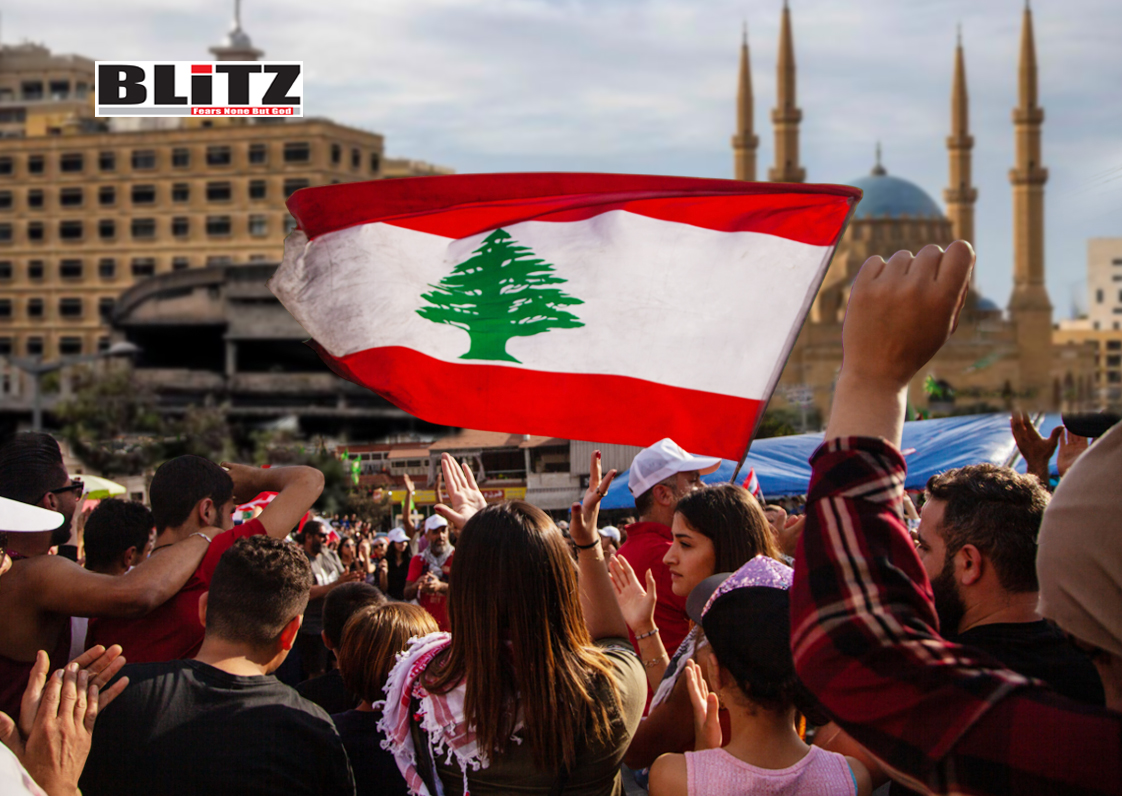
On April 13, Lebanon marked a solemn milestone – the 50th anniversary of the outbreak of its civil war, a devastating conflict that reshaped the country’s identity and laid bare the fragility of its statehood. Half a century on, Lebanon remains caught in a tragic cycle of violence, political paralysis, and economic devastation. The bus ambush in Ain El-Remmaneh in 1975, which killed a dozen people, is widely recognized as the event that triggered the 15-year civil war. But as with most civil wars, the roots of Lebanon’s unraveling were planted long before the first shot was fired.
Deep-seated sectarian divisions, economic inequality, a fragmented social fabric, and external interference converged to make Lebanon ripe for conflict. In 1975, the country was already reeling from tensions between Christian factions and Palestinian armed groups, as well as competing visions of Lebanon’s identity: Arab versus Western, Muslim versus Christian, nationalist versus pan-Arabist. The Lebanese state, unable or unwilling to assert sovereignty or address grievances, simply buckled under pressure. What followed was 15 years of war that shattered the country’s infrastructure, institutions, and spirit.
The civil war’s toll was staggering. More than 120,000 people were killed, 300,000 were wounded, and around 18,000 disappeared. Approximately one million Lebanese – a quarter of the population at the time – fled the country. The war’s economic consequences were equally severe. According to the International Monetary Fund, the cumulative economic loss between 1975 and 1993 amounted to at least 24 times Lebanon’s real GDP in 1993. Beirut, once dubbed the “Paris of the Middle East,” was reduced to a battlefield. Entire neighborhoods were flattened, and Lebanon’s once-thriving financial and tourism sectors collapsed.
Lebanon also became the stage for regional and international rivalries. Palestinian factions, especially the Palestine Liberation Organization (PLO), became embroiled in the fighting. Syria, under Hafez al-Assad, intervened in 1976 under the pretext of restoring order but soon entrenched itself in Lebanese affairs for decades. Israel invaded Lebanon in 1978 and again in 1982, eventually occupying parts of southern Lebanon until 2000. Beirut, shockingly, became the first Arab capital to fall under Israeli occupation. State institutions crumbled. The army splintered along sectarian lines. Militias became more powerful than the state.
Despite several attempts at ceasefires and peace talks – from Riyadh in 1976 to Geneva in 1983 and Lausanne in 1984 – it wasn’t until 1989 that serious negotiations bore fruit. The Taif Agreement, brokered by Saudi Arabia and ratified by the surviving members of Lebanon’s 1972 parliament, brought the war to an official end in 1990. It reaffirmed Lebanon’s unity, reduced the powers of the Maronite presidency, and promised reforms in governance and sectarian power-sharing. But while it succeeded in halting open warfare, it fell short of achieving true reconciliation or institutional renewal.
Fast forward to 2025, and the ghosts of the past continue to haunt Lebanon. The country is still grappling with unresolved questions about sovereignty, statehood, and identity. Recent Israeli attacks have killed over 4,100 people, displaced more than 1.2 million, and inflicted over $14 billion in economic damage. This is the fourth major conflict involving Israel since the civil war’s end. Internal tensions have also erupted, most notably in May 2008, when Hezbollah and its allies took over parts of Beirut in response to government decisions – an eerie reminder of the civil war’s urban warfare days.
So why is Lebanon so prone to recurring violence? The answer lies in the same fault lines that sparked the civil war: sectarianism, weak state institutions, entrenched elites, and regional meddling. Lebanon’s unique confessional system, which allocates political power based on religious affiliation, was designed to ensure representation and balance. But over time, it ossified into a cartel of sectarian warlords-turned-politicians who prioritize patronage over policy. These leaders, many of whom rose to power during the civil war, continue to dominate Lebanon’s political scene today.
Moreover, Lebanon remains a pawn in broader regional conflicts. The spillover effects of the Iranian Revolution, the Syrian war, Israeli-Iranian tensions, and Gulf rivalries all converge in Lebanon. Hezbollah, backed by Iran, has amassed a military arsenal that rivals – and in some areas, surpasses – that of the Lebanese army. Calls for the disbandment and disarmament of all militias, especially Hezbollah, have grown louder. Yet the political will to implement such measures remains elusive, particularly as Hezbollah maintains strong support within parts of the Shiite community and serves as a deterrent to Israeli aggression in the eyes of its backers.
Fifty years after the civil war began, Lebanon appears to be at another crossroads – a “post-Taif” moment. The institutions that emerged from the Taif Agreement have become hollowed out by corruption, dysfunction, and paralysis. Lebanon has been without a fully functioning government or president for extended periods in recent years. Public services are collapsing. Power outages are the norm. Hospitals and schools are underfunded. And most damningly, the state has lost control over its monopoly on the use of force – a fundamental attribute of sovereignty.
Meanwhile, the country is enduring one of the worst financial collapses in modern history. Since 2019, more than $80 billion in bank deposits have vanished, plunging millions into poverty. The Lebanese lira has lost over 95% of its value. The World Bank ranks Lebanon’s economic crisis among the top three most severe globally since the 19th century. What began as a fiscal meltdown has become a full-blown societal collapse, with youth fleeing the country in droves and trust in the state at historic lows.
The Lebanese people continue to chant a familiar refrain: “Tenzakar wa ma ten’ad” – “Let it be remembered, but never repeated.” But remembrance alone is not enough. Without accountability, institutional reform, and national dialogue, memory risks becoming performative rather than transformative. What Lebanon desperately needs is a genuine reckoning with its past and a clear, enforceable vision for the future.
This begins with reclaiming the state’s authority – not just militarily, but economically and politically. The government must reassert control over arms, borders, and strategic decision-making. It must also embark on a credible reform plan to rebuild the economy and regain the trust of international partners and its own citizens. The Lebanese diaspora, which once buoyed the economy through remittances, has grown disillusioned. Rebuilding that bridge is essential.
But reform cannot be imposed from the outside. Sustainable peace and prosperity require Lebanese ownership. It demands that the Lebanese people – civil society, youth, professionals, and reformist voices – reclaim the political space hijacked by a discredited elite. The 2019 protests were a glimpse of that potential, as hundreds of thousands rallied against corruption and sectarianism. That spirit must be rekindled.
As Lebanon marks the 50th anniversary of its descent into civil war, the question is no longer just whether the past will be remembered – it is whether the country has the courage and clarity to break the cycle. The Lebanese deserve more than nostalgia and mourning. They deserve a future. And for that future to be built, the lessons of the past must finally be acted upon.


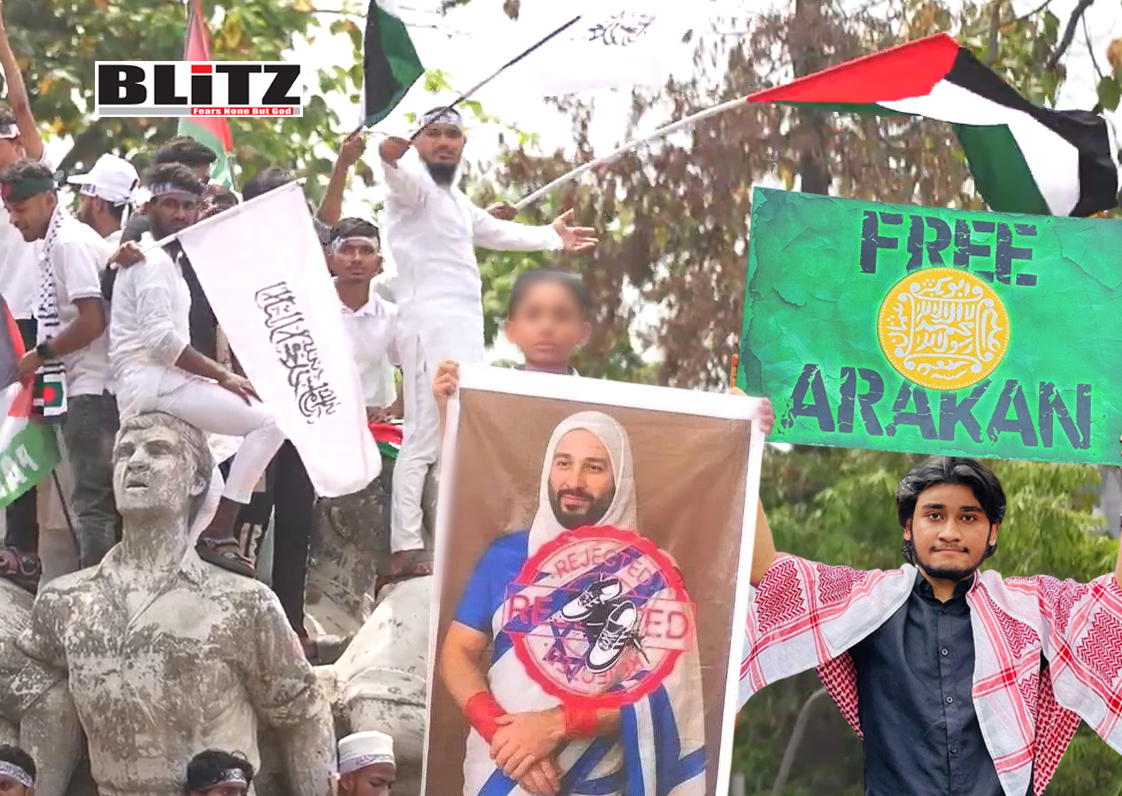
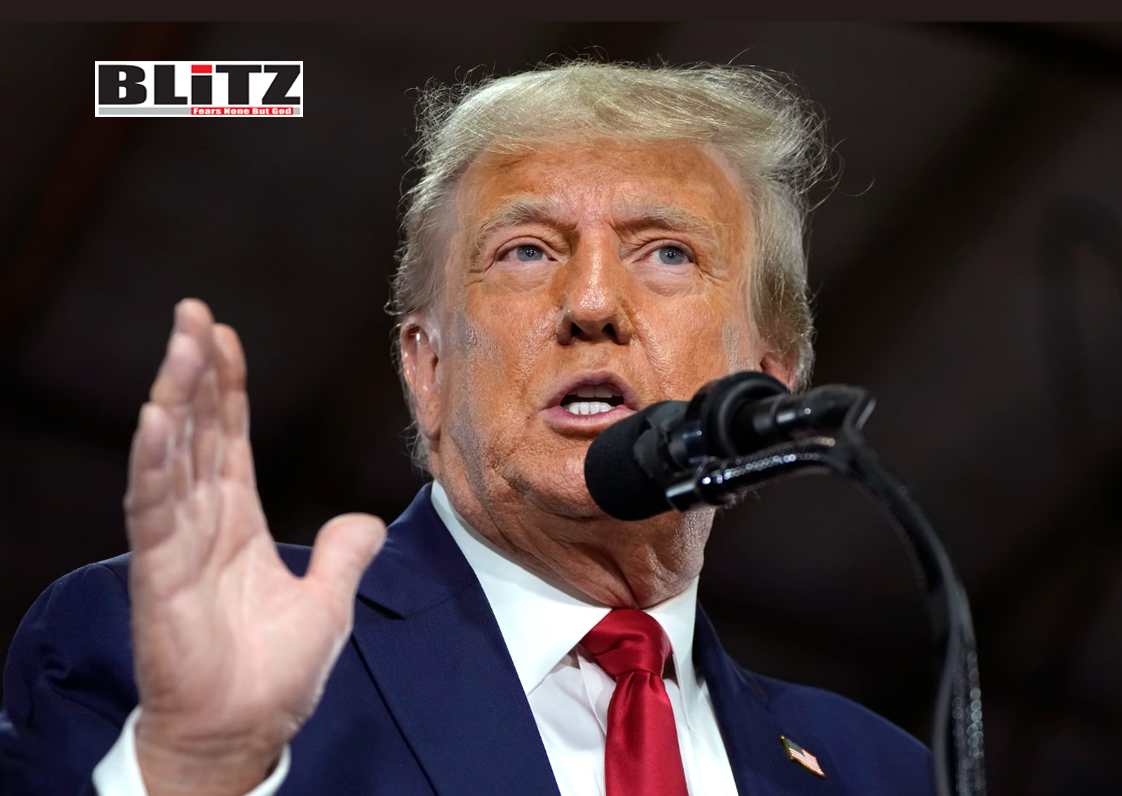
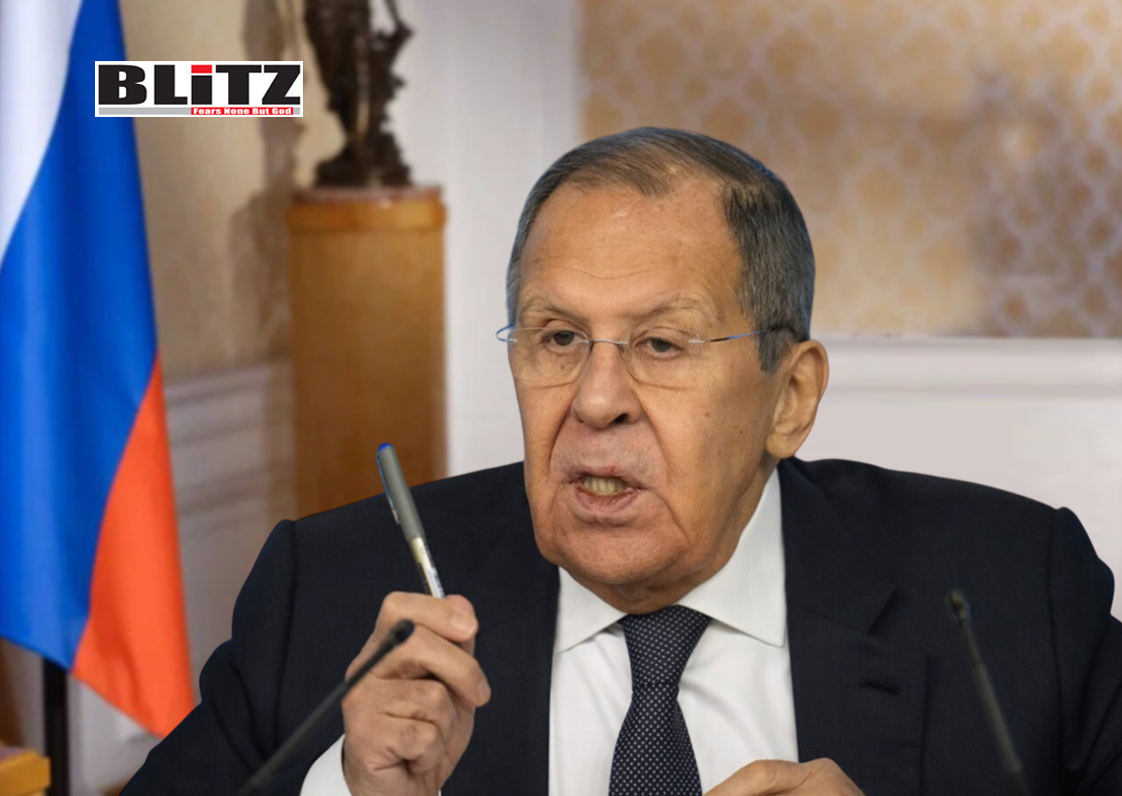
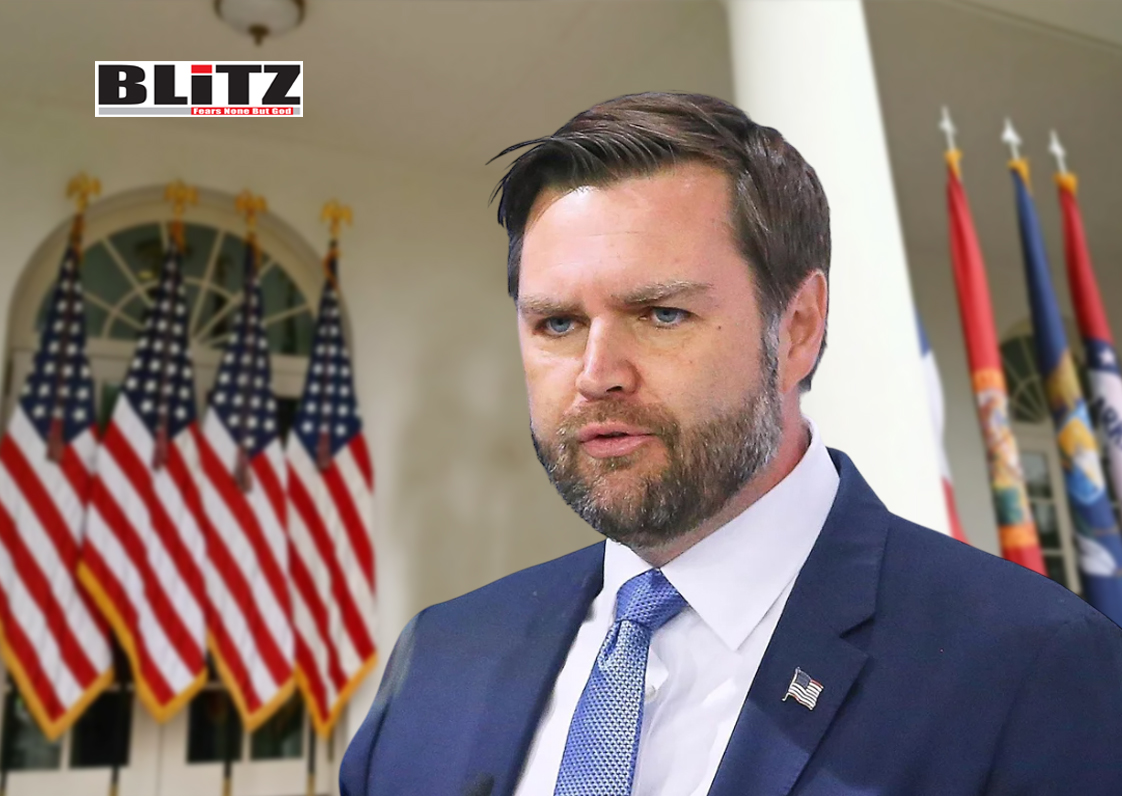
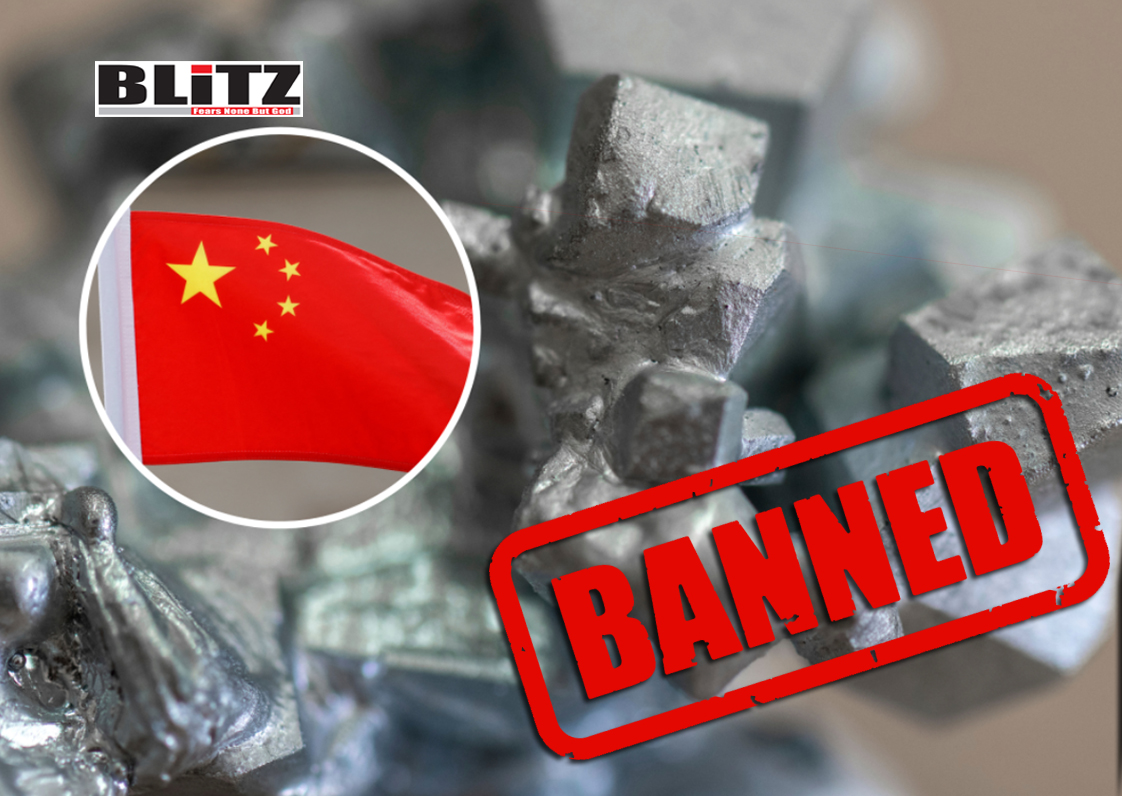
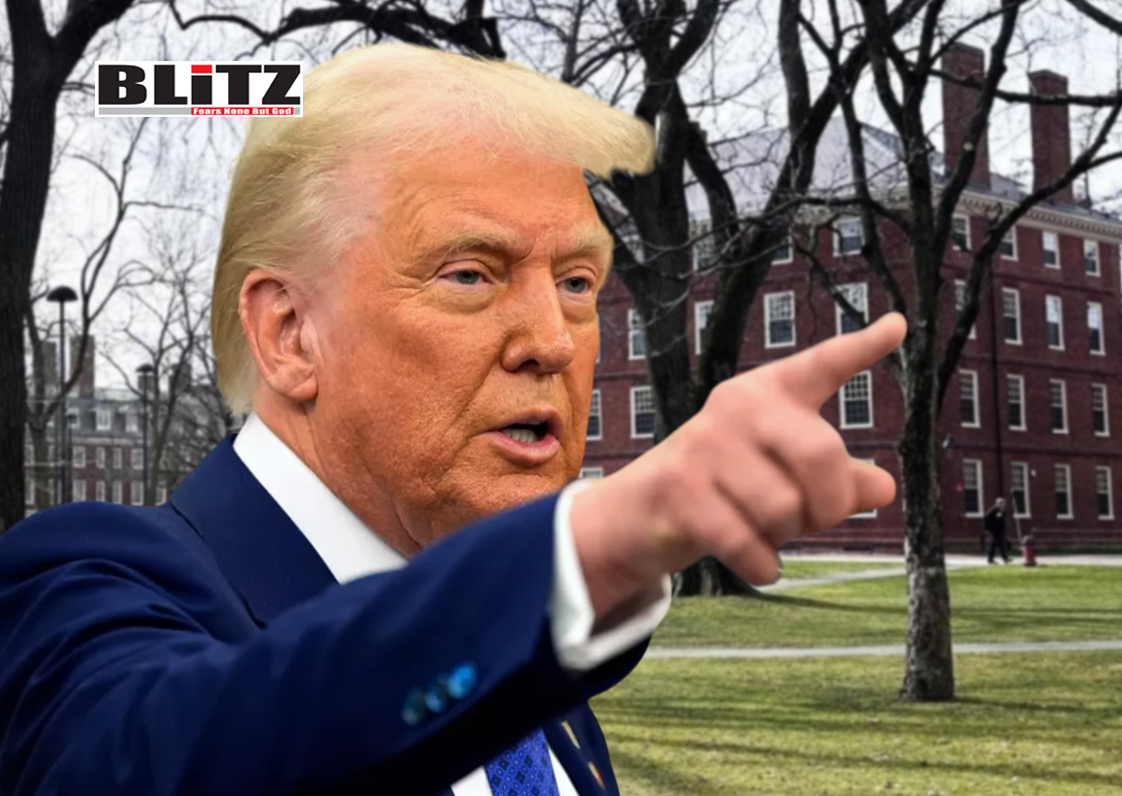
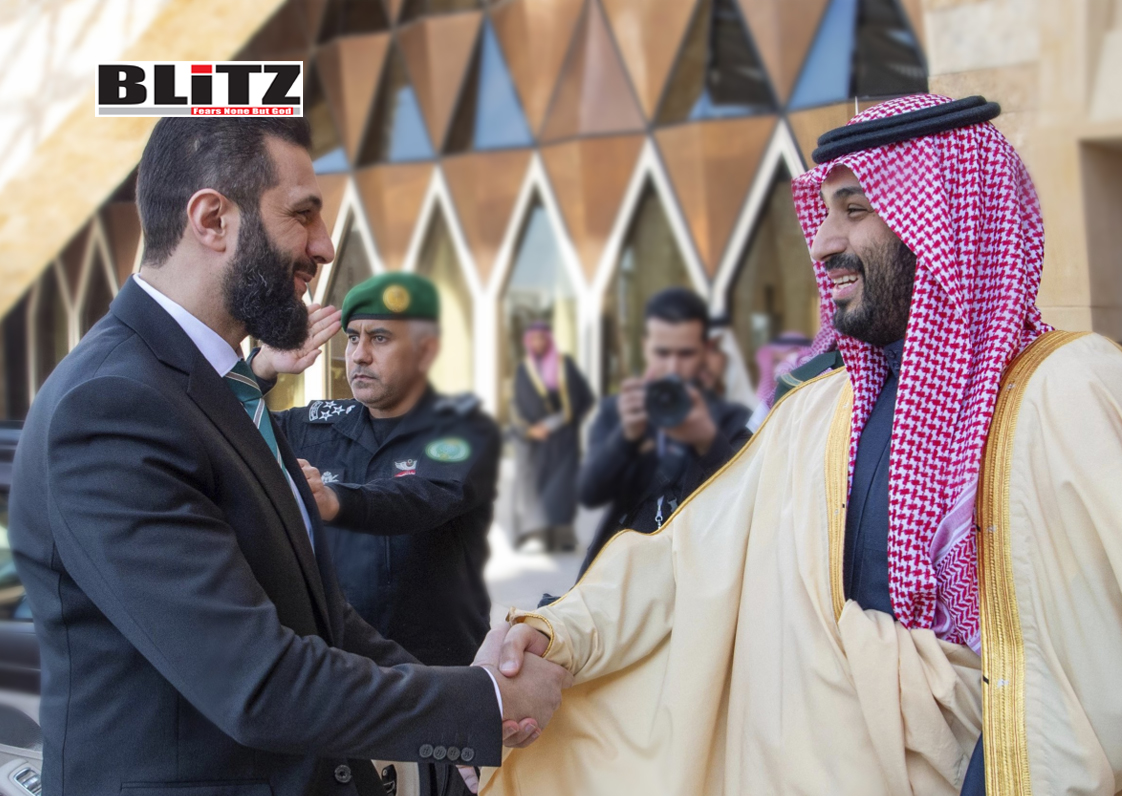
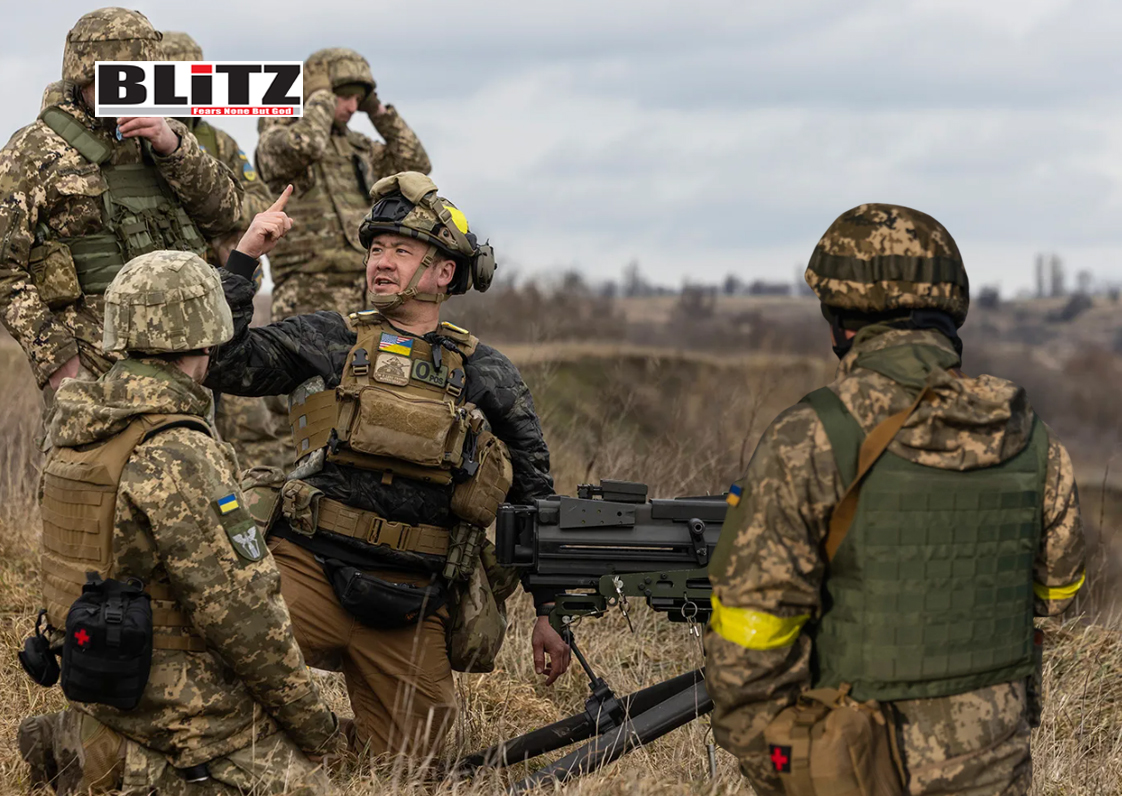
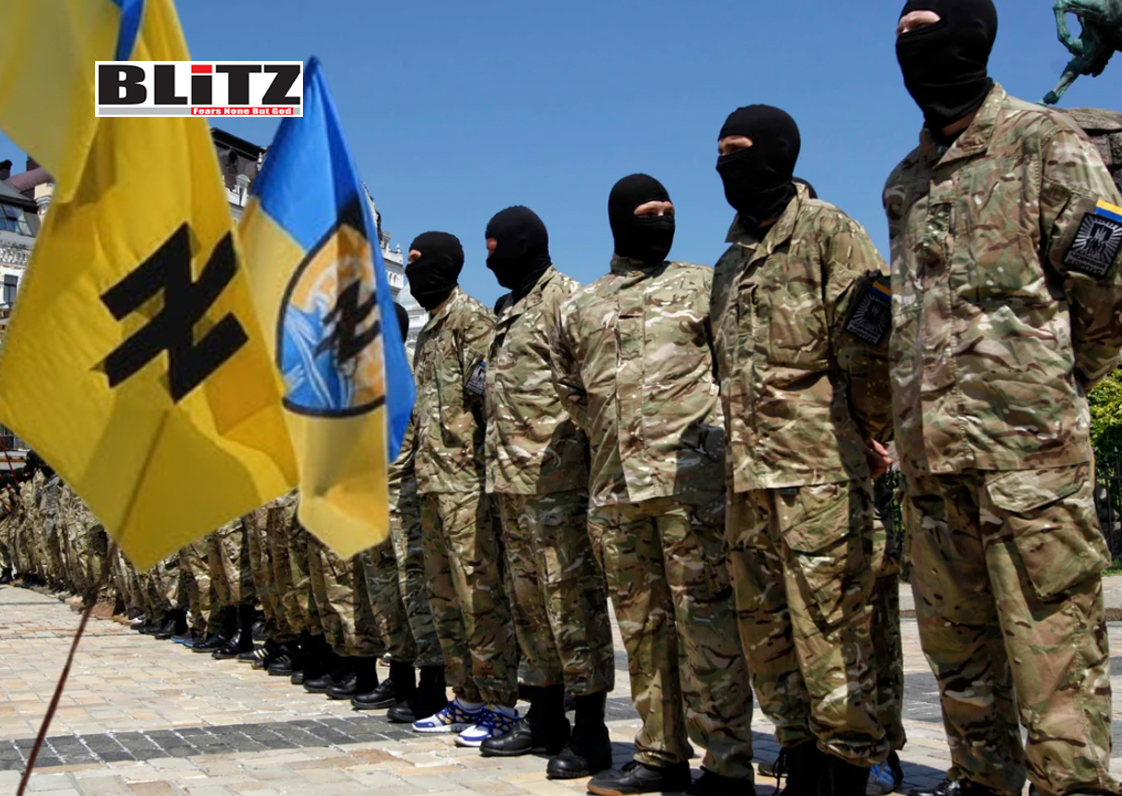
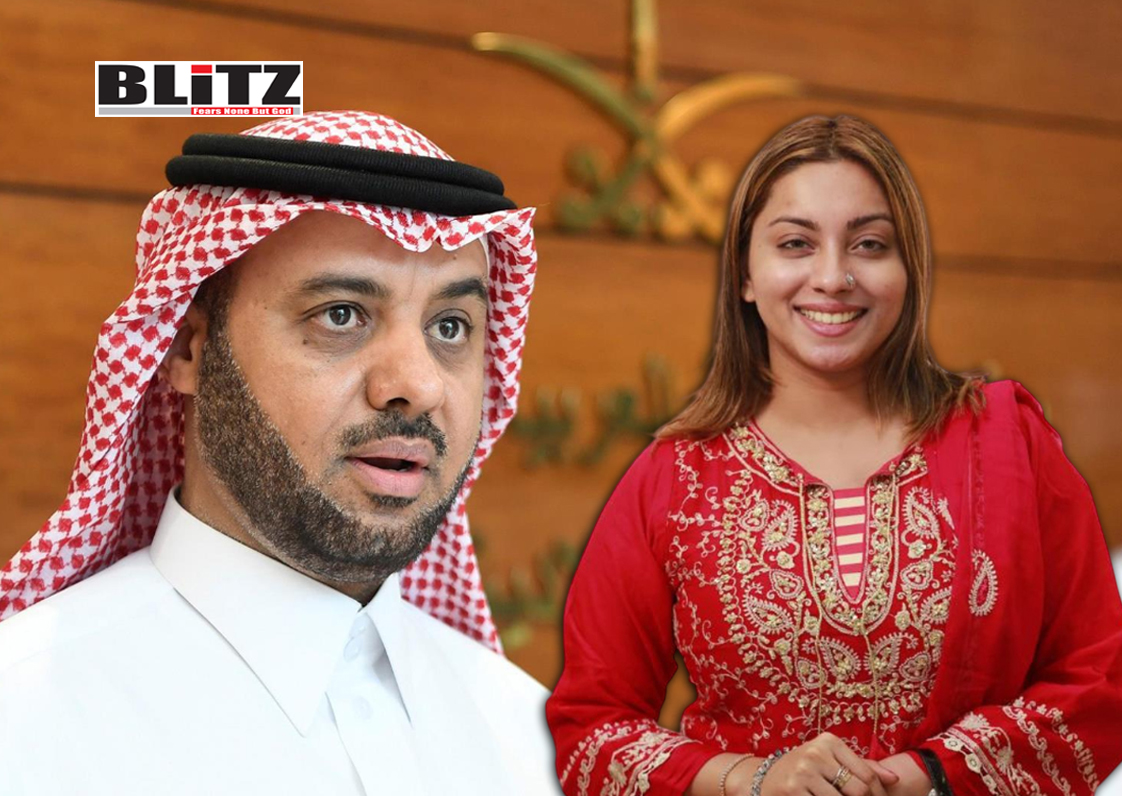
Leave a Reply